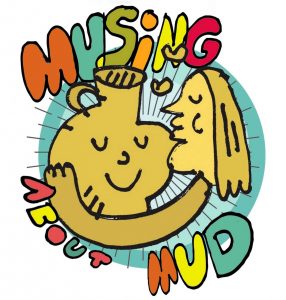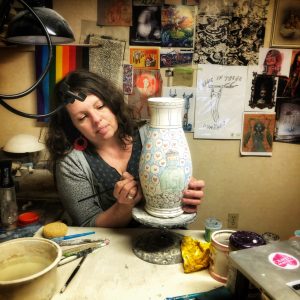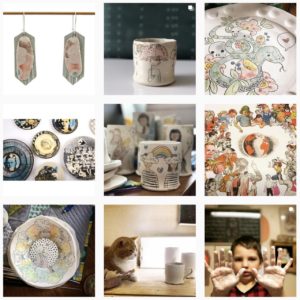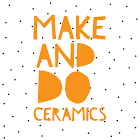CR Writing Prize This year Ceramic Review is launching a new prize inspired by the
British Ceramics Biennial to discover and stimulate new writing on ceramics. Entrants should write a short text that explores the BCB, Stoke-on-Trent’s ceramic heritage, or ceramics in general. Entrants are encouraged to be critical, theoretical, or experimental in their approach, and can submit up to 650 words. Writers, makers, and artists from all backgrounds are invited to submit their text to
[email protected] by
13 November 2011. The winning entry will be published in an upcoming issue of the magazine and the winner will be awarded a two-year subscription. Bonnie Kemske,
Ceramic Review Editor, explains the idea behind the prize: ‘People will always, and have always, talked about ceramics. With this prize we hope to give a greater voice to these discussions and to encourage a more critical approach and appreciation of the medium. Reviews, critical analysis, a short story, or a poem – we want to read it all.’
Guidelines for entry Entries should explore the BCB, Stoke-on-Trent’s ceramic heritage, or ceramics in general, and the competition is free to enter. Submit entries to
[email protected] by 6pm on 13 November 2011. Entries should be
by email only. Include your name, address, telephone number, and also the title of your entry in the body of the email. Do not send the entry text in the body of the email. Your submitted text of up to 650 words (poems can be no longer than 60 lines in length) should be sent as a Word document attachment to the email, headed with the title of the piece. No personal details should be included in the entry, but must be in the body of the email. You may submit one supporting image with your text; this should be submitted as a high-resolution digital image (300dpi) saved as a Jpeg, TIFF, or Photoshop file. You will receive confirmation of your submission via email. There is no restriction on the form or genre of your entry: we will accept poetry, short fiction, critical analysis, reviews, or experimental writing. All entries should be written in English, although the competition is open to international submissions. Entries should not have been published or accepted for publication elsewhere, including blogs, websites, and other social media, and not under consideration in any other competitions at time of entry. No corrections can be made after receipt of your entry.
Eligibility You may submit either as an individual or as part of a collaboration, but each entrant may submit just one entry. There is no age restriction.
The Judging Panel The
Ceramic Review editorial team, and Amanda Fielding, independent curator and writer, and regular contributor to
Ceramic Review.
Prize There will be one overall winner to be notified by 30 November 2011. The winning entry will be published in a related issue of Ceramic Review by July 2012. The winner will also receive a two-year subscription (12 issues).
Disclaimer The judges reserve the right not to select a winning entry if, in their opinion, no works entered reach a sufficiently high standard. The judging panel may select runners-up at their discretion and this may lead to publication. The judges are unable to comment on individual entries and cannot offer feedback. Copyright of the winning entry remains with the author, but
Ceramic Review reserves the right to publish the winning entry/entries in its magazine and on its website, as well as retaining unrestricted rights to use the winning entries and any related material for PR purposes. Entries submitted posthumously will not be eligible. The judges’ decision (both as to eligibility and the winning entries) shall be final.See the website
here.







